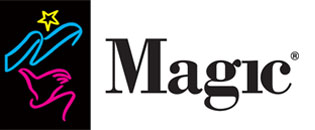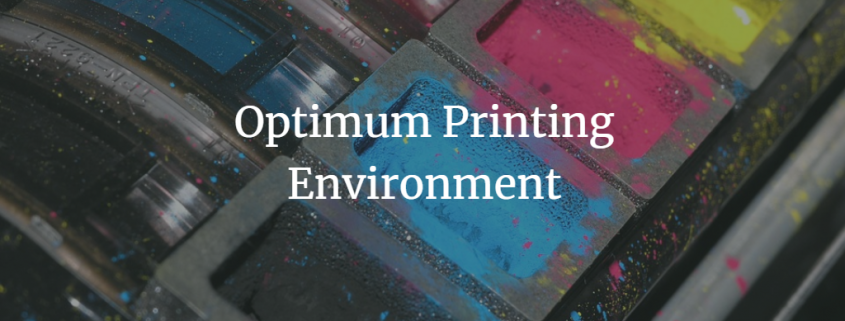Optimum Printing Environment
The levels of heat and humidity in the printing environment can have a negative impact on image quality. It’s important to always keep the levels stable and within the recommended guidelines of the printer manufacturer. It’s lucky for us that digital printers work best in the same environmental conditions preferred by people.
The optimum levels of temperature and relative humidity (rH) in a print environment is 68°F (20°C) at 50-60% rH. A thermometer can be used to measure the temperature and a hygrometer can be used to measure the relative humidity. A hygrometer is an instrument used for measuring the amount of humidity in the atmosphere (or print environment).
Prints produced in high rH printing environments take much longer to dry and exhibit poor ink adhesion. High relative humidity also increases the amount of dot gain, image bleed, and coating/image tack. Prints produced in lower rH printing environments will dry faster and will exhibit better ink adhesion. The prints will also have less dot gain, image bleed, and coating/image tack.
Temperature in the print environment can be controlled properly with a high-quality HVAC system. A programmable thermostat is recommended to keep the temperature stable within +/- 1°F. An evaporative humidifier can be used to increase the relative humidity in the print environment. A dehumidifier can be used to decrease the relative humidity in the print environment.



